-
TrackoBit
Manage commercial vehicles with the new-age Fleet Management Software
TrackoBit -
TrackoField
Streamline your scattered workforce with Field Force Management Software
TrackoField -
Features Resources
-
Blog
Carefully curated articles to update you on industrial trends. -
White Paper
Insightful papers and analysis on essential subject matters. -
Glossary
Explore an alphabetical list of relevant industry terms. -
What’s New
Get TrackoBit & TrackoField monthly updates here. -
Case Study
Explore the cases we solved with our diverse solutions. -
Comparisons
Compare platforms, features, and pricing to find your best fit.
-
About Us
Get to know TrackoBit: our team, ethos, values, and vision. -
Careers
Join the most dynamic cult of coders, creatives and changemakers. -
Tech Support
Learn about our technical support team and services in detail. -
Events
Check out the exhibitions where we left our marks and conquered. -
Contact Us
Connect with us and let us know how we can be of service.
10 Strategies For Improving Last Mile Experience
- Author:Tithi Agarwal
- Read Time:12 min
- Published:
- Last Update: March 7, 2024
Table of Contents
Toggle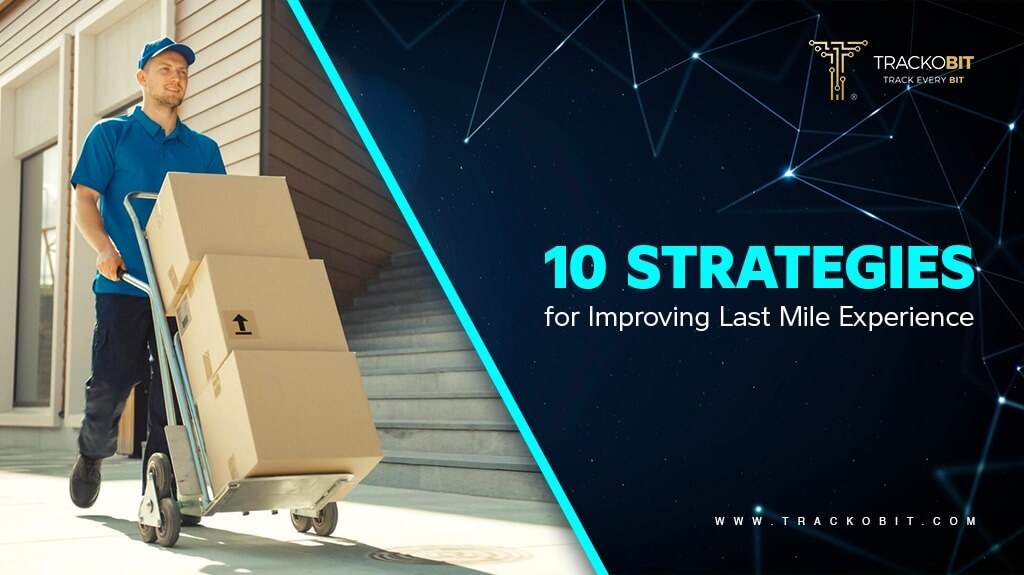
In order for companies to improve and provide consumers with a positive last mile experience, they must Implement the top 10 strategies discussed in the blog. They can surely make fulfilling demands on-time possible effortlessly.
Table of Contents
Toggle
Last-mile delivery is that phase of the supply chain that affects both the customers and the business itself. This makes it increasingly important for both to have a seamless experience while delivering and receiving the orders.
Companies are constantly under pressure to meet the consumers’ “need it now” demand. This urgency and the massive boom in the e-commerce market have put logistics operations in a tight spot.
This is causing businesses to evolve to meet the ever-rising demand of consumers, causing them to invest in technology that can make the delivery process a success. Not to forget that a good delivery experience can help businesses increase conversion rate, brand loyalty, and the ability to achieve long-term growth.
Let’s discuss which top 10 strategies businesses must use to optimise last mile experience.
How Important is Last Mile Experience?
“First impression is the last impression.”
Well, this is actually true in the case of last-mile delivery as it is solely responsible for creating the brand image in the minds of the consumers. This is enough to justify why a positive last mile experience is important.
Here are some numbers to show how important it is for logistics companies and brands to provide consumers with a positive last mile experience:
- In a survey, 98% of respondents said that delivery is one of the most important factors in their loyalty to a brand. However, 44% said brands are not creating positive delivery experiences.
- 8 out of 10 consumers would not purchase from a retailer again after a single negative delivery experience.
- 68% of online consumers say they look for shorter delivery windows as the determining factor when placing an online order.
For businesses, a good last mile experience means:
- Successful first-attempt deliveries
- Optimisation of operational cost
- Real-time visibility into the delivery process
- Ensuring positive customer experience and satisfaction
- On-time and same-day deliveries
- Fulfilling customers’ rising demands effortlessly
- Ability to provide consumers with cheaper shipping for retention
The last mile is of utmost importance in the entire supply chain/delivery process, making up about 53% of the shipment’s total costs. This makes optimising last mile delivery important.
10 Strategies to Optimise Last-Mile Delivery Experience
Customers want their deliveries fast and without any hassles. This leaves companies with no choice but to optimise their last-mile delivery. Businesses can take the below-mentioned steps to optimise their last-mile delivery processes:
1. Centralise all Logistics Data
Last-mile delivery operations can be significantly enhanced by using software that helps provide visibility of last-mile logistics data, such as a number of orders received, total riders and carriers available to deliver it, and efficient routes — all centrally laid over a single dashboard.
With unified last-mile logistics data, it is simpler to identify delays, cost overruns, and safety issues—all of which have a significant impact on operational effectiveness and customer experience. Access to faster insight is possible with centralized logistical data.
2. Automate Driver Dispatch
On-time driver dispatching is important in the last leg of delivery operations. Make sure to use last-mile delivery software that offers the functionality to auto-assign orders to drivers and plan time & cost-saving delivery paths for them. When you use last-mile delivery software like TrackoMile, you can effortlessly assign orders to the riders based on their availability, proximity, skills, and 50+ custom functionalities. It also ensures their timely dispatch, which helps your business meet more on-time deliveries and fulfill them in the shortest TAT.
3. Prioritise Route Optimisation
Drivers’ routes are rarely straight lines when they are deployed to make deliveries. Instead, they’re frequently winding and turning, with one package arriving here, fifty packages arriving there, and so on. By the end of their shift, drivers had invested a lot of time by travelling extra miles and burned plenty of petrol, too.
It’s important to automate route planning to put drivers on more time—and cost-efficient routes. TrackoMile does this automatically by considering 120+ factors like time, location, vehicle capacity, and traffic conditions to generate the most efficient route. The best part is that it even reroutes in seconds to save time and send the assigned route to riders over their rider app.
Additionally, there is no limitation to the number of stops the user can create. The software effortlessly lets you sequence multi-stops without the need for human intervention.
4. Monitor Rider Performance
The performance of your drivers is one of the most important variables to monitor. This covers charges for on-time delivery, service durations, client reviews, the quantity of packages delivered, and the overall mileage covered. By keeping track of such information, your company can effortlessly spot areas for development and potential safety hazards for drivers.
The most effective way to achieve this is to use last-mile delivery software, which enables you to monitor everything and filter data according to teams, drivers, days, weeks, and even hours of the day. To monitor the state of your last-mile logistics and how you’re doing over time, you can also export the data and create comprehensive reports that you can draw out on a regular basis.
POD collection also plays a critical role in analysing rider performance, as dispatchers can determine the success of deliveries and rider behaviour when dealing with customers through it.
5. Offer Flexible Delivery Options
Providing flexible delivery options can increase customer satisfaction and optimise last-mile delivery. Scheduled delivery is one of the delivery choices that customers value the most. This feature lets customers select the most convenient day and time to deliver their parcel. This flexibility is greatly appreciated as it avoids the frustration of having to wait for a delivery at a specific time, especially with increasingly busy schedules.
Delivery to pick-up points (PUDO) is an increasingly popular option. This enables clients to pick up their orders at a convenient location close to their house or place of business.
This option is especially helpful for people with unpredictable schedules, as it eliminates the requirement that the recipient be present at home when the delivery is made.
6. Utilise Automation and Robotics
Last-mile delivery operations can be made more efficient and streamlined using automation and robotics. For instance, robotic package handling and automated sorting systems can assist save labour expenses while enhancing accuracy and speed. Improved space planning can be facilitated by automated package dimensioning. Additionally, delivery times can be shortened, and fuel costs can be decreased by deploying drones or autonomous vehicles, especially in distant or difficult-to-reach places.
7. Train and Motivate Employees
The effectiveness of last-mile delivery operations is largely dependent on how well the workers handling and delivering the goods perform. Employee performance and skill can be enhanced by continual training and assistance, boosting productivity and profitability. Providing them cutting-edge equipment with an easy-to-use interface so they can work more efficiently rather than harder! Furthermore, providing incentives and awards for exceptional work can boost staff morale and increase retention rates.
8. Leverage Data Analytics
Adopt softwares that automate data collection and analysing related to delivery times, delivery experience feedback, and common issues.
For example, Amazon in order to optimise last-mile delivery, it leverages advanced data analytics. Their use of Big Data aids in collecting crucial information, including customer locations and shipping addresses. This data-driven approach reduces delivery costs by matching the closest warehouse to the consumer, resulting in both cost savings and reduced waiting times.
9. Communicate Continuously with Customers
Last-mile communications make it easier for customers to stay informed and modify their schedules to decrease the likelihood of deliveries being missed by sending updates via email or SMS during the order fulfillment process. Messages may be sent when the driver leaves the warehouse or completes the prior delivery assignment. You might even set up automated messaging for the evening before the delivery to ensure the final consumer doesn’t forget about their allocated time frame.
When it comes to enhancing last-mile logistics, there is no magic spell. Nonetheless, businesses can put into practice economical, effective tactics that will enable them to satisfy client requests while guaranteeing excellent last-mile logistics operations.
10. Efficient Returns and Exchanges
Simplify the exchange and return procedure to give customers a hassle-free shopping experience. Make the processes easier to understand and provide practical choices like pre-paid return labels, online portals for returns, or pickup services. Streamlining the procedure can show your dedication to customer pleasure and promote repeat business.
Bonus Tip: Use Last-mile Delivery Software
If you are looking to implement all the above-stated strategies successfully, then you must adopt last-mile delivery software. TrackoMile equips you with an arsenal of features that will help maximise your last mile experience — for your business and customers – altogether.
- Automate order processing and dispatching.
- Automating carrier and rider pairing for timely scheduling and dispatching of vehicles with carrier management feature.
- Optimising routes to find the fastest and cost-saving delivery path.
- Offering real-time asset tracking, alerts, and notifications to shippers and consumers improves end-to-end visibility and reduces the risk of first-attempt delivery failures.
- Sharing live tracking links to customers with timely updating ETAs.
- Allow consumers to choose delivery time slots according to their preference or availability.
- Offering Electronic proof of delivery (EPOD) to confirm and validate successful deliveries.
- Offering data-driven analytics that helps analyse and monitor delivery trends and improve delivery performance in the future.
- Offering rider app for allocating riders’ tasks as per their availability or proximity, collecting PODs, and ensuring their coordination with them in case of change in delivery plans.
What to Consider When Implementing Last-Mile Delivery Strategies?
The most important objective of any last-mile strategy is enhanced speed, efficiency, and convenience. The ultimate goal is to meet and exceed customers’ expectations.
Understanding Customer Needs
Customers are the cornerstone of any successful last-mile approach. As a result, companies need to comprehend their clients’ last-mile delivery requirements and make appropriate plans. What matters most to customers? Is it delivery speed, adaptability, or clear communication? Companies can offer a variety of delivery alternatives, such as same-day, next-day, or specific-time deliveries, based on the clients’ needs.
Integrating Technology
Businesses can optimize their delivery routes and reduce empty miles, fuel costs, and delivery times using AI and ML-powered route planning tools. These route planning software ensures routes are created as efficiently as possible by accounting for traffic patterns and weather. Additionally, because they are dynamic, they can adjust plans to choose the most efficient delivery method in response to any last-minute changes in orders or routes.
Focusing on Visibility
Any strong delivery plan must have real-time tracking as its foundation. Order tracking is a critical function for modern consumers as well as enterprises. In addition to assisting businesses in the timely and effective delivery of their goods, more visibility into the last-mile delivery process also provides financial advantages. Businesses can make proactive decisions and prevent delivery delays by having greater visibility into the last-mile process, which enhances the customer experience.
Effective Communication
Without excellent communication, there can be no effective delivery strategy. Ineffective communication can have a disastrous effect on last-mile firms. Companies at all costs should avoid situations where their delivery is delayed and they are not provided with enough updates regarding the incident. Companies need to make sure that after a consumer places an order, they notify them and provide updates regarding the status of their delivery.
Diversification of Vehicles
For your delivery plan to be effective, your carrier network needs to be diverse. Select your fleet Based on the number of items that need to be delivered. Based on the distance required to transport the packages, make your selection. Expand your reach and diversify your fleet by utilising crowdsourcing delivery options or shrewd partnerships with other operators.
Leverage Data
The availability of fine-grained data is the greatest feature of contemporary technologies. By analysing this data, the last-mile delivery processes can be enhanced. By locating and eliminating any obstacles to last-mile delivery, businesses may gain important insights from this data, optimise their delivery procedures, and improve the customer experience.
What are the Challenges in Last-mile Logistics?
Final-mile delivery comes with many challenges. Controlling most of them is out of your hands. Most challenges circle poor management of operations and lack of visibility across your operations. Let’s discuss them in detail.
Traffic Congestion
Because of the high vehicle density and inadequate road infrastructure, urban areas are especially vulnerable to severe traffic congestion. The slower delivery trucks result in longer delivery times, fuel consumption, and operating costs. In addition, rushing through traffic can lead to unhappy customers, missed delivery windows, and an overall decrease in the efficiency of deliveries.
High Costs
The last-mile delivery market is costly for both the company and the client. Due to the abrupt surge in demand, businesses find it expensive to integrate the infrastructure to fulfil the need for timely and cost-effective delivery.
Simplifying the intricate last mile experiencedelivery process is made even more challenging by the dearth of high-quality last-mile delivery software. Businesses must set aside budget for complex routes, additional stops, botched deliveries, driver compensation, and effective fleet management.
Demand Fluctuations
Demand peaks around holidays and special occasions, which can strain delivery resources and lead to overworked staff and delayed deliveries.
Businesses often accommodate rising order volumes by hiring temporary or seasonal staff to address seasonal fluctuations. The use of last-mile delivery strategies, such as choosing delivery windows that help to more evenly distribute demand, is encouraged by surge pricing during peak hours. Due to struggle in large order management can often result in unclear or lag in communication, deklaysleading to customer dissatisfaction.
Limited Visibility
Logistics businesses often struggle in gaining in-depth transparency into the delivery operations of the riders. Dispatcher often rely on the daily activity logs that were maintained or the calls that the drivers made from pit stops. Many such Inefficiencies are there like poor communication, malfunctions, and a slow crisis response time. This results in the inability to optimise routes consistently. Given today’s fierce competitiveness, such inefficiencies could easily develop into serious problems.
Delayed Deliveries
One of the major difficulties that shipping and delivery businesses face is the delivery delay. Businesses incur costs when they are unable to meet deadlines. Delays in delivery damage a brand’s reputation, boost customer attrition and hurt your business’s bottom line.
Outdated Technology
The number of logistics companies still operating with outdated technology may surprise you. For some reason, last mile experience delivery is often overlooked even as businesses modernise. Usually, the renovations focus on optimizing the warehouse.
Conclusion
The paradigm shift in customer demands and the need to fulfil them is urging last mile logistics companies to come up with the most effective and result driving strategies that serve both- customers and businesses needs. The discussed strategies are such that they are successfully curing last mile problems related to cost, neviagting driver and order scheduling and customer satisfaction. But the key to unlocking and implementing these strategies is- last mile delivery software.
TrackoMile a last-mile delivery system, is dedicated to ensuring that both businesses and consumers experience a positive last-mile delivery result. It is doing so by offering automated solutions like dispatcher tools, real time tracking, route optimisation and more.
Schedule a demo now!
Tithi Agarwal is an established content marketing specialist with years of experience in Telematics and the SaaS domain. With a strong background in literature and industrial expertise in technical wr... Read More
Related Blogs
-
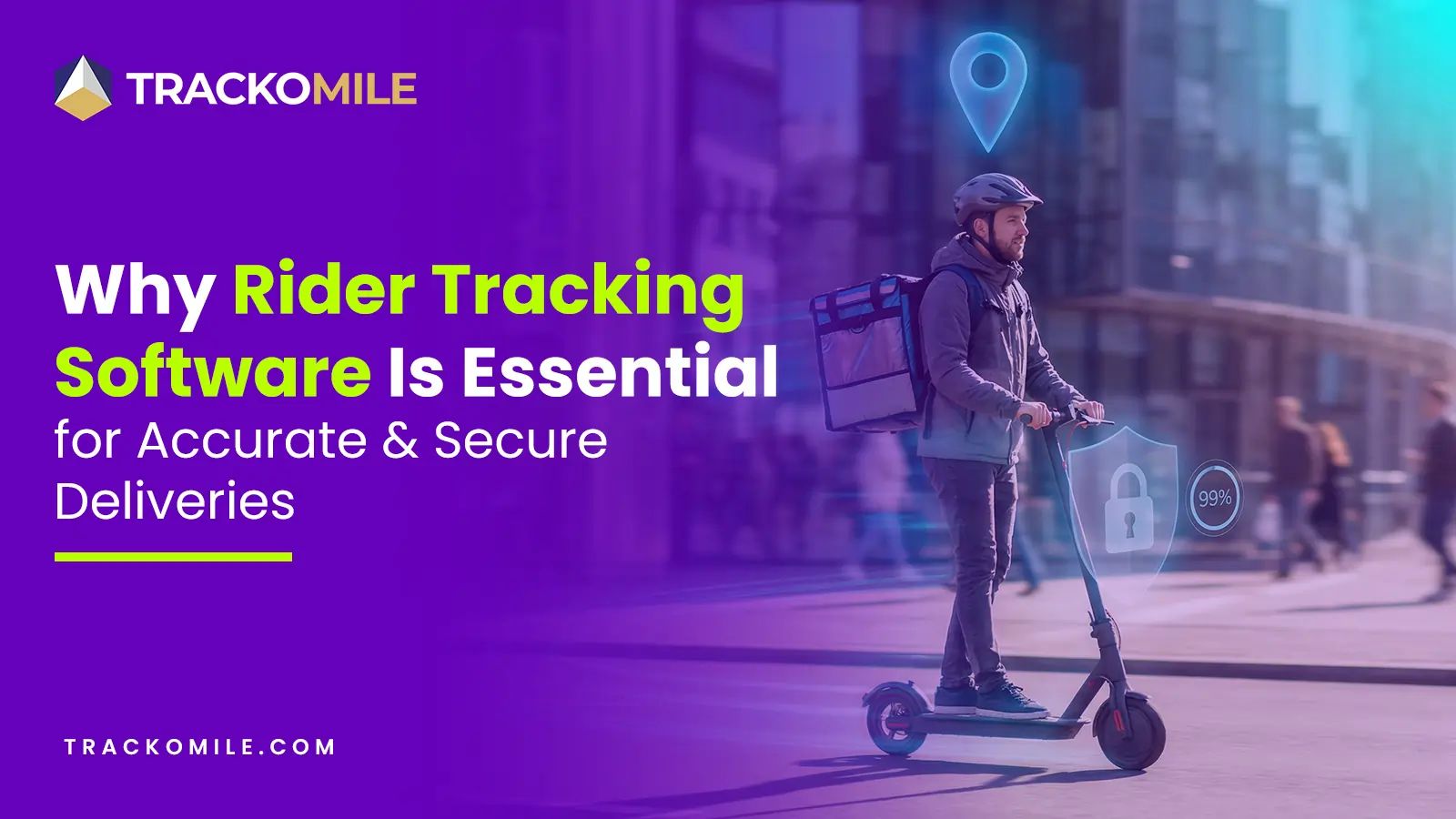
How Rider Tracking Software Improves Delivery Accuracy and Reduces Fraud
Tithi Agarwal December 8, 2025Rider tracking software improves delivery accuracy with real-time GPS visibility and automated ePOD. It also enables route optimisation and fraud…
-
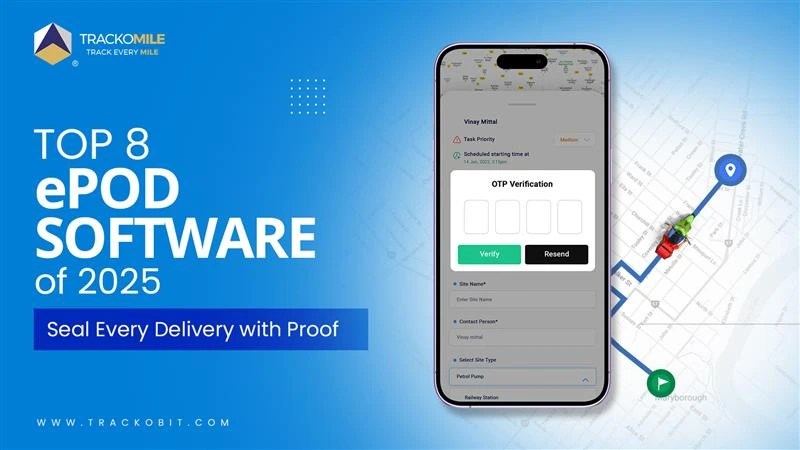
Top Electronic Proof of Delivery (ePOD) Software in 2026
Tithi Agarwal September 25, 2025Electronic proof of delivery has become the backbone of modern logistics. Explore the top 8 ePOD software in 2026 and…
-
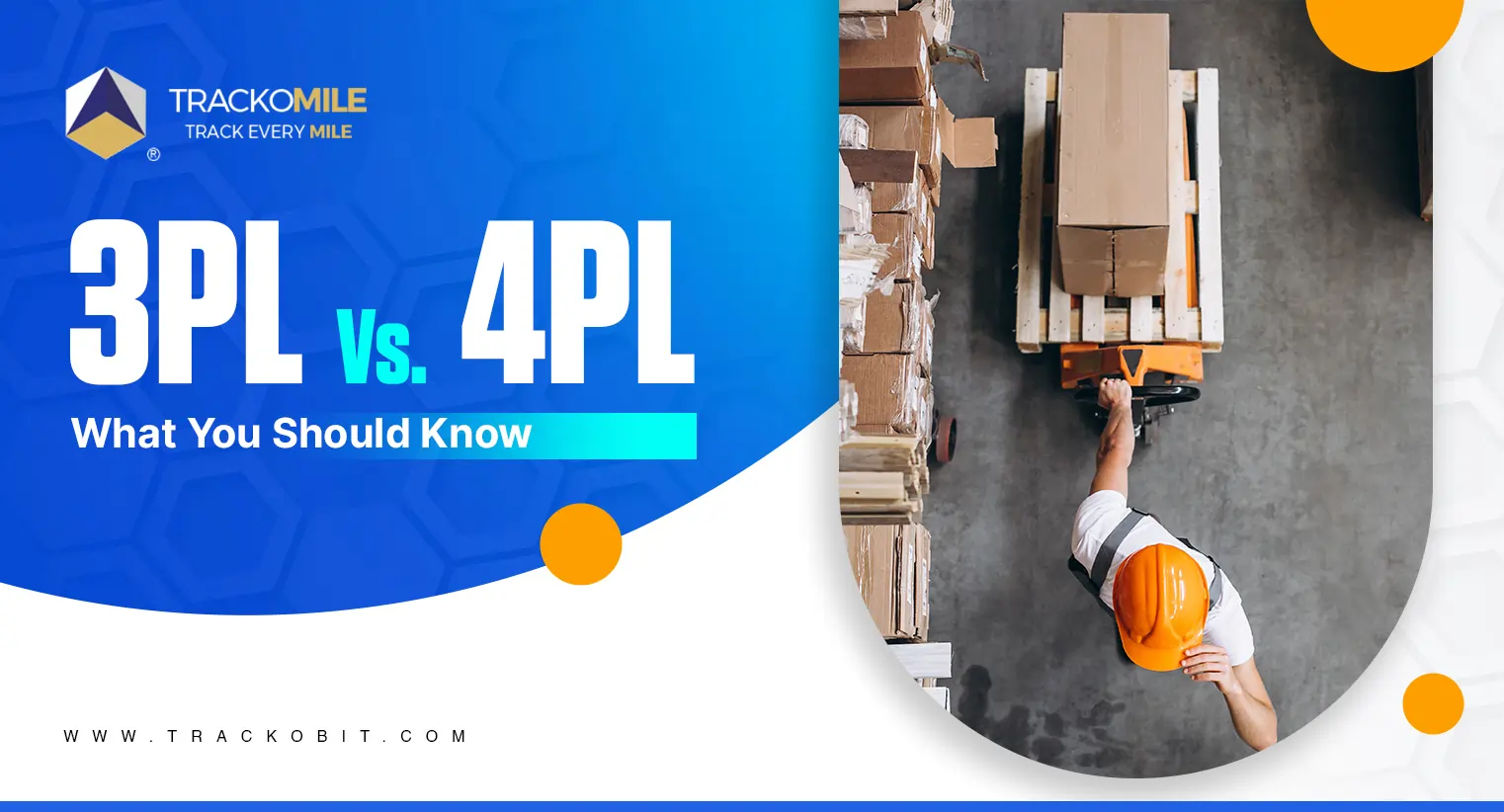
3PL vs. 4PL: Which is Best for Your Business?
Tithi Agarwal September 25, 2024Confused about choosing between 3PL and 4PL for your retail supply chain? Read this blog to find out which is…
-
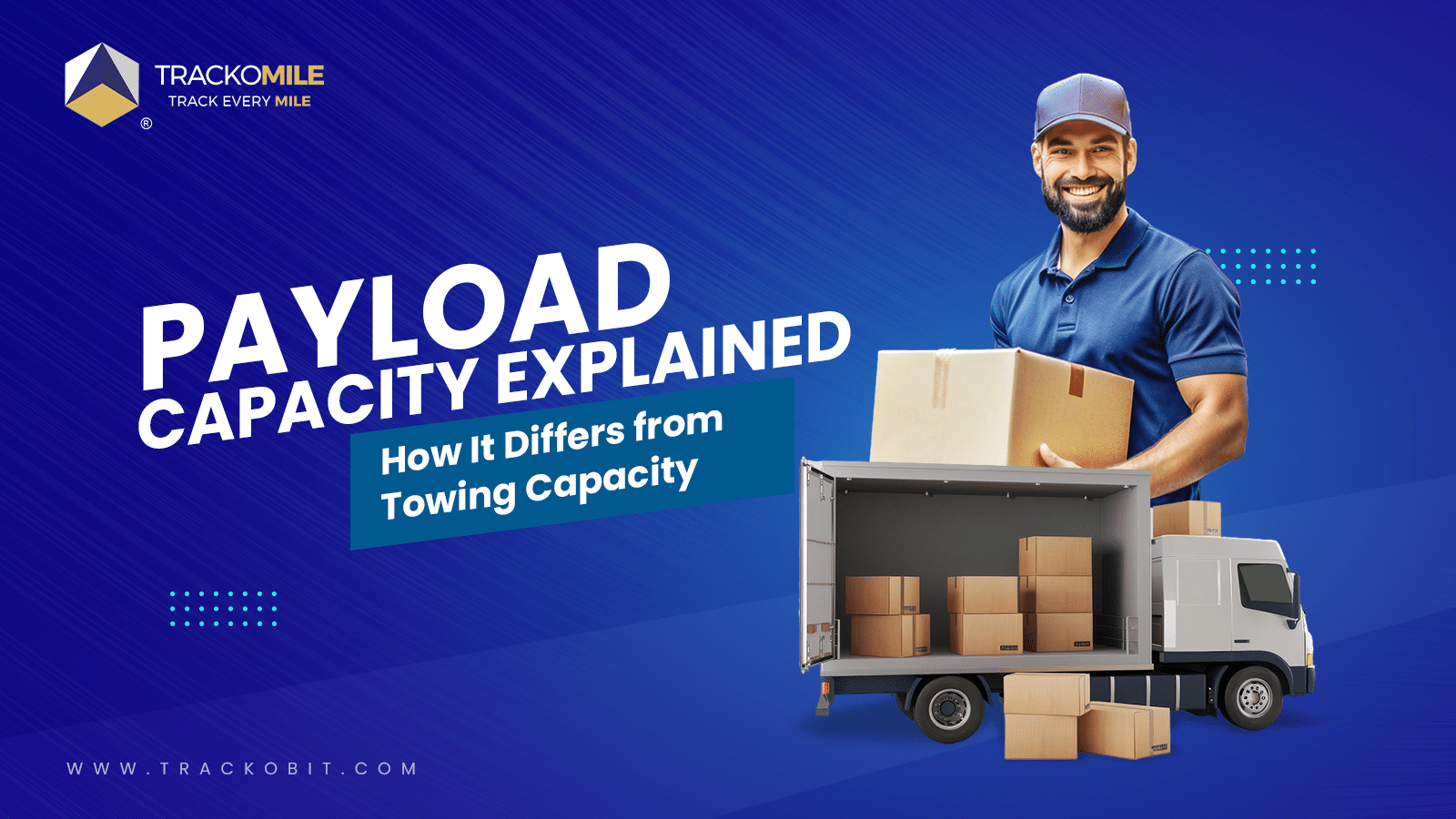
What is Payload Capacity? Payload Capacity Vs. Towing Capacity
Tithi Agarwal September 10, 2024Payload capacity is the total weight a vehicle can safely carry, and it is crucial for safety and compliance. Exceeding…

Subscribe for weekly tips to supercharge your last-mile delivery.
Your inbox awaits a welcome email. Stay tuned for the latest blog updates & expert insights.
"While you're here, dive into some more reads or grab quick bites from our social platforms!"Stay Updated on tech, telematics and mobility. Don't miss out on the latest in the industry.
We use cookies to enhance and personalize your browsing experience. By continuing to use our website, you agree to our Privacy Policy.




































